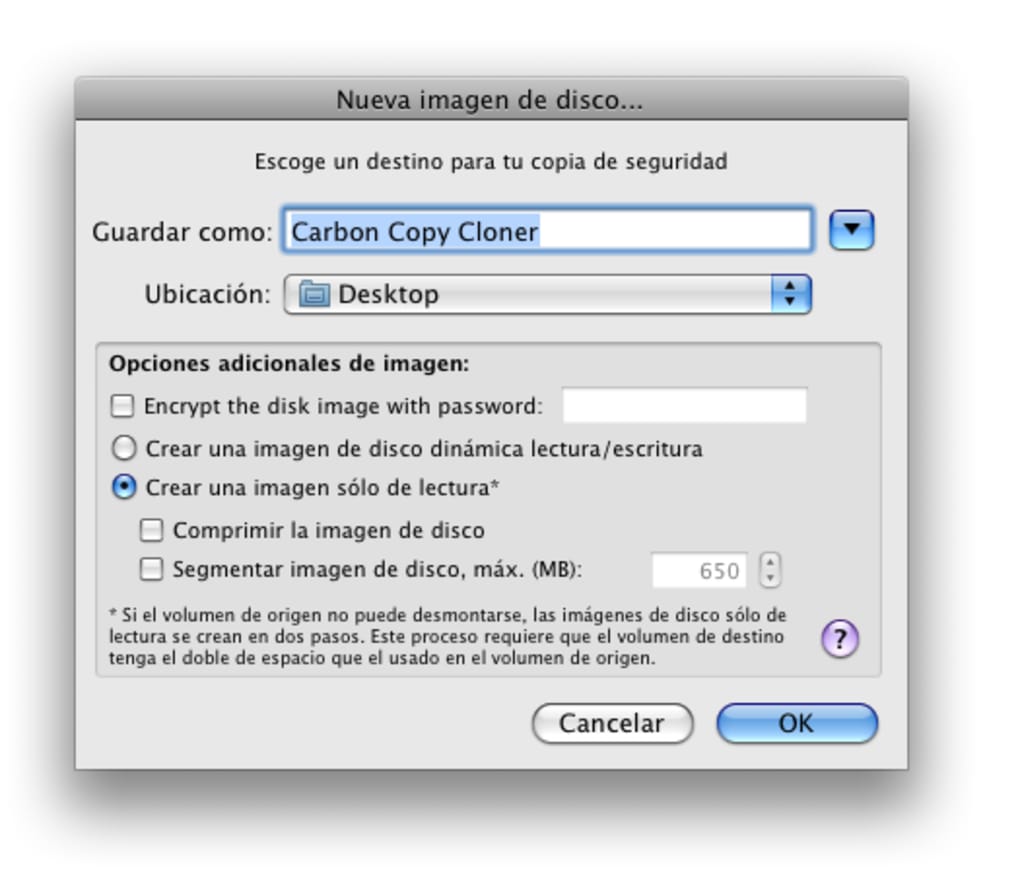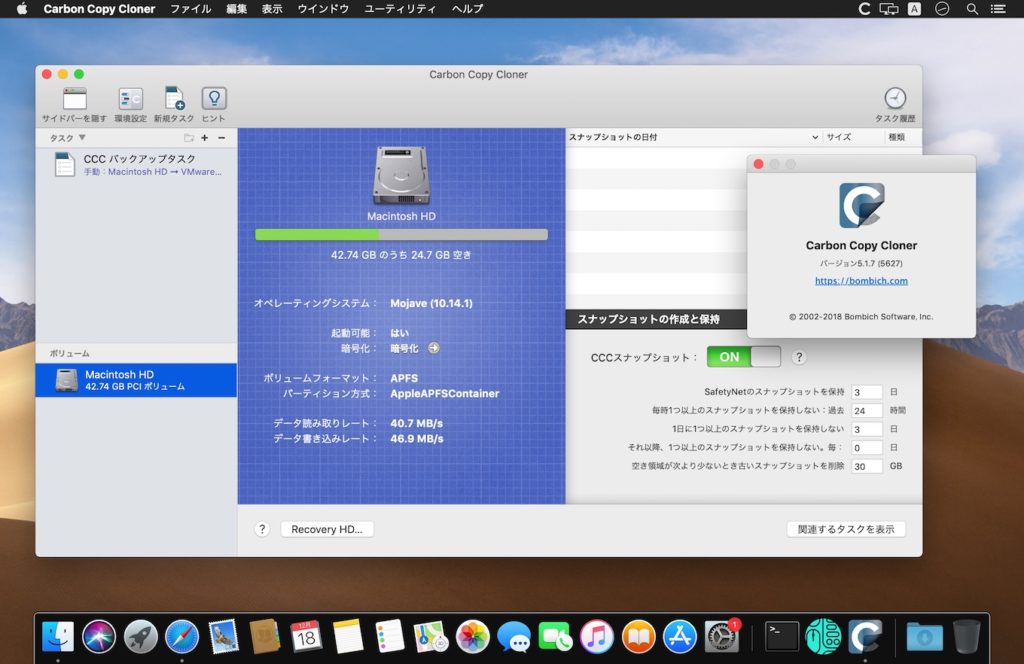
Reset the startup disk to Macintosh HD, then reboot.

When the restore task is complete, open the Startup Disk Preference Pane in the System Preferences application.Create and run a new task, specifying your backup disk as the source and the new "Macintosh HD" Fusion volume as the destination.Type the following command in the Terminal, substituting the logical volume group identifier noted in the previous step, then press the Return key:ĭiskutil cs createVolume Logical_Volume_Group JHFS+ "Macintosh HD" 100%.Select that identifier and copy it to the clipboard. Users running Catalina (10.15), Big Sur (11.), Monterey (12.), or Ventura (13.) should use this version of CCC. The previous command will create an empty Fusion device, and print out a "Logical Volume Group" identifier. CCC 5 and 6 both run natively on Intel and Apple Silicon Macs.Type the following command in the Terminal, substituting the device identifiers noted in the previous step, then press the Return key:ĭiskutil cs create "Macintosh HD" SSD_Whole_Device_Identifier HDD_volume_identifier.disk1, whereas for the FusionHDD, we will use the volume device identifier, e.g. For FusionSSD, we will use the whole device identifier, e.g. Sierra used APFS only for SSD startup volumes, Mojave began using it for all. In the list of devices and volumes, find and make a note of the device identifier (in the IDENTIFIER column) associated with FusionSSD and FusionHDD. OS Extended partition and an APFS container (with one or more partitions of.Open the Terminal application, type the following command, then press the Return key:.If that button is disabled, don't worry – this step isn't essential. Click the "Create Recovery HD" button.Click the "Recovery HD." button at the bottom of the window.Click on the "FusionHDD" disk in CCC's sidebar.Name it "FusionHDD" so it's easy to identify later. Erase the HDD Fusion member as "Mac OS Extended, Journaled".Name it "FusionSSD" so it's easy to identify later. Erase the SSD Fusion member as "Mac OS Extended, Journaled".Typically one will be an SSD and the other will be an HDD, and both should be in the "Internal Devices" section of Disk Utility's sidebar. Identify the two devices that belong to the APFS Fusion volume.If you're running the Developer Preview of the new OS, open CCC and choose 'Check for updates' from the Carbon Copy Cloner menu to get the update. Choose "Show all devices" from the View menu. The short answer is that we have already posted a version of CCC that offers preliminary support for High Sierra.Choose "About this Mac" from the Apple menu to verify that your Mac is booted from your backup volume.Boot from your CCC bootable backup that you intend to restore from (e.g.If you're uncomfortable with any of the steps in this process, please don't hesitate to ask us for help. The Mac Observer will have ongoing coverage of this important new capability in CCC.Warning: These instructions will permanently delete the contents of the two devices that belong to your Mac's internal Fusion device.

#CARBON COPY CLONER MAC OS SIERRA SOFTWARE#
You can read much more in the Bombich Software knowledge base last updated on May 3. You can change that behavior in CCC’s Preferences window… For future tasks, CCC will automatically enable snapshot support when you select an APFS-formatted volume as the source or destination. If you’re running macOS High Sierra and have any CCC backup tasks that specify an APFS-formatted volume as the source or destination, you can enable snapshot support on those volumes by selecting the volume in CCC’s sidebar, then click on the button to turn on snapshot support. CCC starts with sensible defaults, but gives you all the flexibility you need to craft a backup strategy that’s tuned to your specific needs. This is a true alternative to Time Machine that offers more flexibility for backup scheduling and snapshot retention. This is handy for restoring the older version of a file, but could be hugely helpful if you ever need to revert to a previous OS version after a problematic update. Bombich Software has recently announced that version 5.1 of Carbon Copy Cloner (CCC) now offers extensive APFS snapshot support. This is the ability to return a file system to a previous state, in time. One of the most powerful new features of Apple’s APFS file system, used in High Sierra, is the snapshot.


 0 kommentar(er)
0 kommentar(er)
